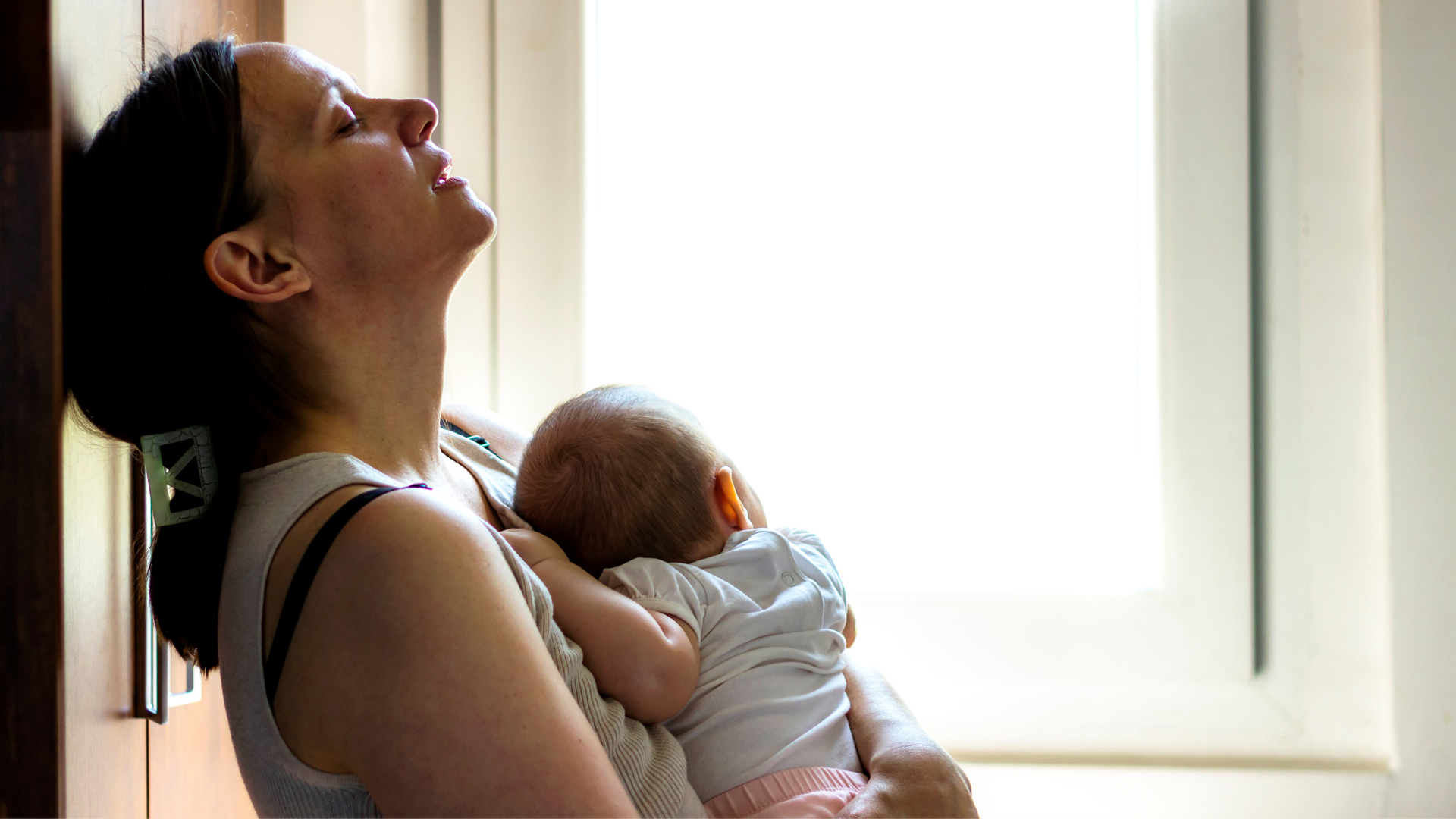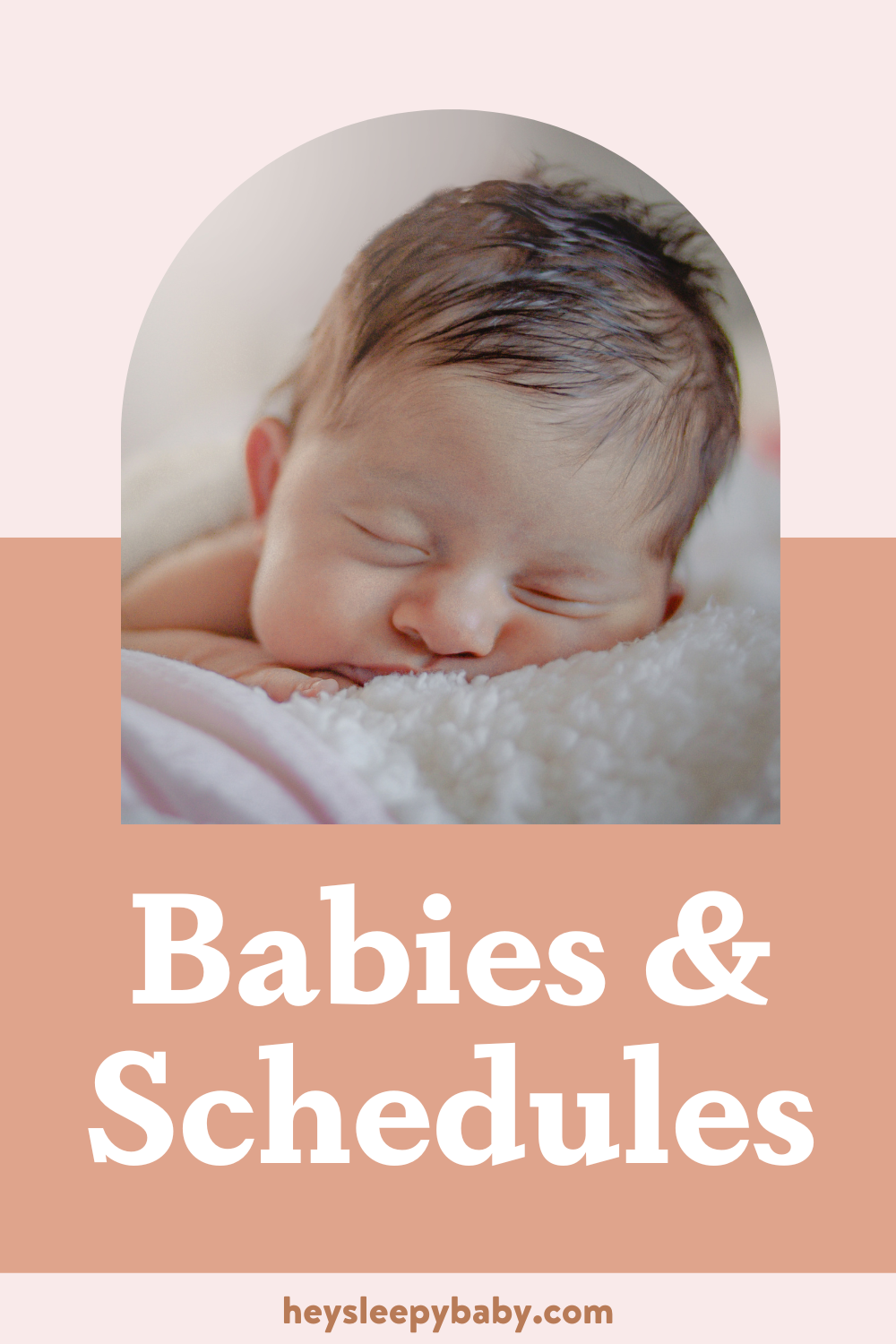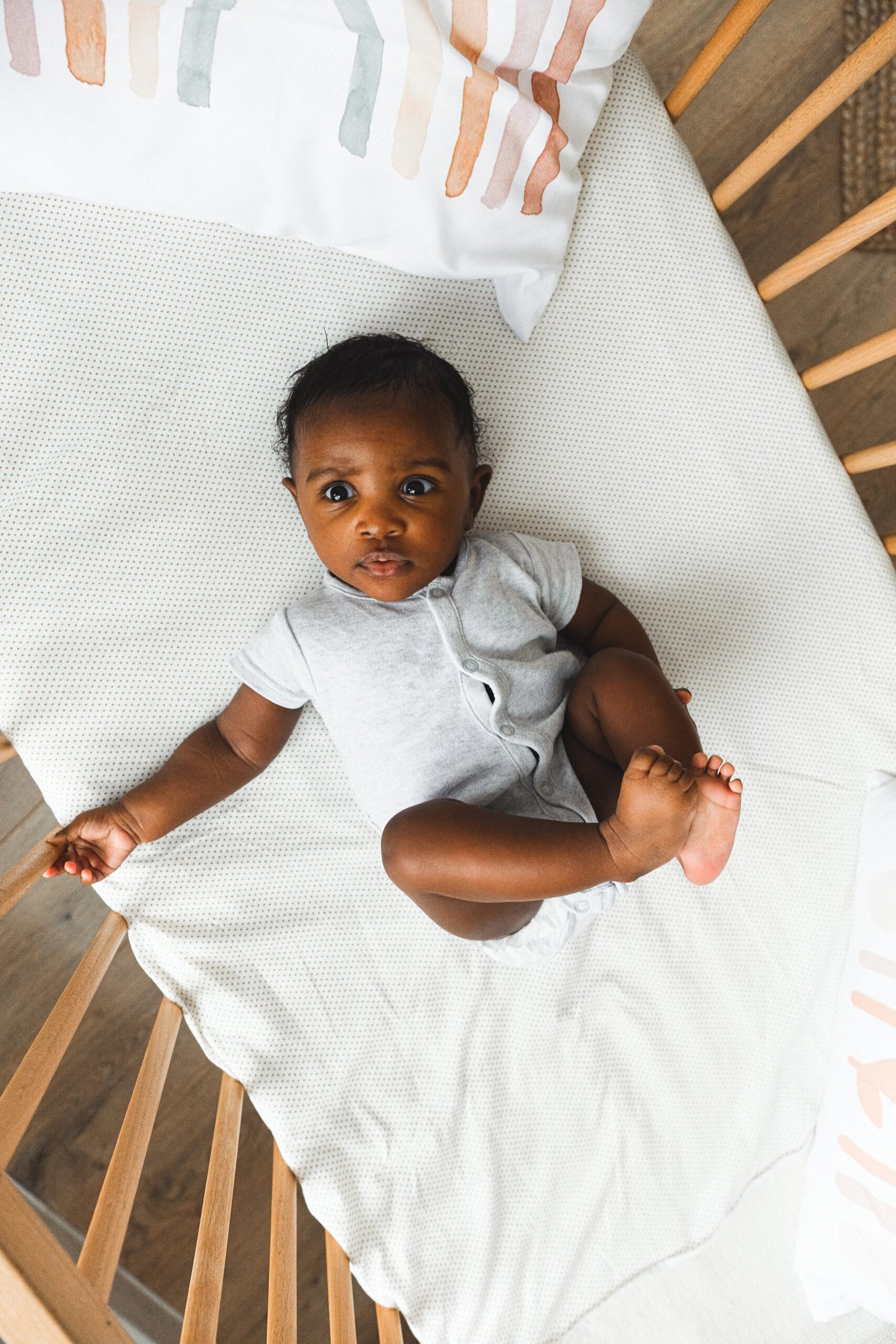the danger of strict schedules
One of the most daunting things about newborn life can be the arbitrary “schedules” that are talked about. A quick google search can bring up the most anxiety-provoking schedules with the insistence that if you aren’t following them your baby is not getting the right amount of sleep and you are creating horrible habits.
Babies, however, aren’t robots, and they have no idea of the expectations of these schedules! Even so, many parents find the unpredictability of newborn life anxiety provoking and want something concrete to stick to. Often, we will hear from friends, and well-meaning relatives or become exposed to content on social media that encourages us to just get into a schedule and our lives will become dramatically easier. This narrative feeds into the idea that we are somehow to blame if our baby doesn’t sleep long stretches or feeds more frequently than the suggested schedule. In my experience, these strict schedules can cause much more anxiety and stress than they do help. This blog is to help identify the difference between schedules and routines and how the latter can save your sanity and set you up for some predictability whilst maintaining connection and responsiveness.
schedules vs. routines
Finding the sweet spot between strict schedules and a ‘loosy goosey’ no-structured approach can help everyone feel at ease. Routines are small pockets of time where you do things in a predictable way so that they become familiar. Having a naptime routine can help your baby/toddler build healthy sleep habits. For example a naptime routine of a diaper change, a sleep sack, white noise, and a story or a babywearing nap routine of a diaper change, song, getting into the carrier, etc. These routines can be adapted to fit around the baby’s general rhythm to their day and their sleepy cues. They aren’t tied to strict by-the-clock time requirements which can leave both the caregiver and the baby stressed. Over time these routines will form a more predictable pattern that has been established holistically by following your baby’s cues. If you would like some support in building routines into your day, check out my Newborn Masterclass.
temperament & schedules
Just like adults, some babies love structure and thrive with predictable routines. It’s a temperament trait called regularity and rhythmicity. It is one of nine temperament traits. These traits are often overlooked but play a huge part in the rhythm of your child’s day. Temperament affects sleep needs, sleep environment, sensory overload, etc. Temperament can affect whether a baby tires more easily, maybe they are more sensitive and some activities are more stimulating and tiring and they need to take a longer earlier nap, or their temperament means they have lower sleep needs. A strict schedule here would not allow for this responsiveness to happen. I have lots of free information on my Instagram page.
wake windows
It’s impossible to discuss routines and schedules without first addressing wake windows. Wake windows are simply the amount of time your baby spends awake between sleep. In recent years they have become a buzz word and some parents try to schedule their lives around them! The idea behind wake windows is to ensure that babies have spent enough time awake and are tired enough before they go back to sleep. However, as with most things in the baby sleep world they have moved away from personalized wake windows for your baby and become arbitrary amounts of time linked to age that your baby should stay awake for before you put them down for a nap. Wake windows are not evidence-based or science-backed; they are generic amounts of time that your baby may fall inside or outside of the guidelines. Wake windows can be a useful guide if we use them alongside sleepy cues to give us a rough idea of the ideal wake window for our baby rather than google searched generic schedules. Wake windows change as your baby ages and depending on other factors that are at play for them. Tuning in and being responsive to your baby’s sleep cues allows you to have wake windows that are effective for your baby. Some babies need shorter morning wake windows and others need a shorter wake window at bedtime. Don’t get stuck in the trap of keeping strict wake windows. In my experience, this becomes super stressful for mom and baby! More information can be found about wake windows in my guide.
daytime & night-time routines
Once you have tuned into your baby’s sleep cues and have a rough idea of how long they can stay awake you can begin building little routines into pockets of the day. These routines can be things that bring you joy. Choosing a nap that you might babywear for, getting outside for a walk, a special nap time routine, a place that you do tummy time, and songs you might sing whilst you’re playing. Little things like this can help you feel like you have some rhythm to your day whilst still allowing for the flexibility that babies require.
A routine that is lovely to establish early on is the bedtime one. Having some predictable elements surrounding what you do but not what time you do it helps to consolidate sleep associations and signifies to your child and their body that this means it’s time to sleep!
If you would like some more comprehensive support and ideas of things you can incorporate this can be found in my Newborn Masterclass.






